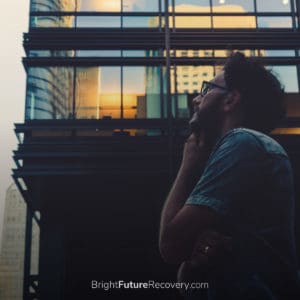There’s an irony in the concept of tent cities. In Phoenix, Arizona, former Sheriff Joe Arpaio created a tent city to house drug offenders doing time for possession, DUI and other substance-related crimes. The conditions were subprime and inmates complained often. But these conditions for the residents who lived there were temporary. But San Francisco, California has a permanent tent city, in fact many of them, dotting the popular parts of town more known for its scenic landscapes, hardscapes and architecture by the bay. How strange is it that tent cities now provide refuge for the 7,000 homeless in San Francisco, many of whom suffer from drug or alcohol addiction and mental illness?
Being homeless is about as rock bottom as one can get and if this hasn’t changed the way of life for thousands, it begs a discussion about whether hitting rock bottom is truly a motivating factor for recovery.
[colorsection bgcolor=”grey”]
What Defines Rock Bottom
The term rock bottom came from the 1800s used as another word for bedrock or the bottom of an area when mining for minerals, water or gold. Over the years, the term has been used as a metaphor for someone with a sense of reliability or something of value being offered at rock bottom (lowest pricing possible for example).
Referring to a person hitting rock bottom infers that he or she is at a point in time where self-perception is at its lowest. For addicts in San Francisco, hitting rock bottom could be loss of family, friends and shelter. But if the notion of hitting rock bottom is the proverbial place that, once reached, ignites personal will into overdrive with a desire for detox, treatment and recovery, the evidence in the city by the bay doesn’t support the mantra. In fact, it defies it.
[/colorsection][clearfixspace]
How Do You Know When You’ve Hit Rock Bottom
If you were to take an inventory of your life thus far, and recall various situations that caught you off guard, as if the world pulled the rug out from under you, those may have been rock bottom moments. Each is different, though the same. Emotionally, spiritually and perhaps physically you were brought to your knees. But to say that each rock bottom creates the life-altering segue into enabling something better for one self is a myth. We view rock bottom in others as a sequence of negative events leading to a “no way out” circumstance.
For addicts in San Francisco, Seattle, Portland and other areas of the country with an escalating opioid crisis and corresponding homelessness, rock bottom has become a sense of community. And that’s a dangerous persona in being. With it, comes a level of acceptance.
The antithesis of rock bottom is hope. But what is the thread that pulls a person from the bottom, up? It may not be one light, but a path of many that illuminates the road toward recovery. Such is the cycle of addiction treatment and rates of relapse.
San Francisco tent cities are a synonym for the drug epidemic in America. Those with financial resources ignore the problem as if it doesn’t exist, until it infects their personal livelihood. It did. It does. And now one mayor and millions of constituents are doing something about it.
Why One Mayor Is Taking Bold Steps to Clean Up the Problem
 In June of 2018, a special election was held in San Francisco for the mayoral race as a replacement was needed to fill the vacancy due to the untimely death of Mayor Ed Lee. Though San Francisco has a long history as a democratic stronghold, its citizens were in desperate need for change.
In June of 2018, a special election was held in San Francisco for the mayoral race as a replacement was needed to fill the vacancy due to the untimely death of Mayor Ed Lee. Though San Francisco has a long history as a democratic stronghold, its citizens were in desperate need for change.
The people elected London Breed, a democrat who came to office with some controversial solutions to curb the city’s drug, mental health and homeless crisis. Within a short amount of time, the numerous tent encampments were being removed. These sweeps are part of a multi-agency effort, aimed to clean up the streets and place the homeless in shelters.
The overriding goal is to create an environment where it looks as if there never was a homeless problem. Teams of waste management and other city employees cascade the sidewalks and alleys with dual pressure washers spraying scalding hot water and lemon Pine-Sol on the pavements to remove the stench of decay and the signs of urban plight and graffiti.
Some of the homeless have found ways to make their personal property mobile by adding wheels to shopping carts. They still erect a tent overnight but law enforcement forces them to move by six a.m.
Dual Diagnosis Is Rampant on the Streets of San Francisco
But what is to become of those who call the streets home due to drug or alcohol addiction coupled with mental illness, a condition known as dual diagnosis? What of the ongoing dirty needle sharing and discarding of them across neighborhoods and business districts or the aimless wandering of the mentally impaired?
Mayor Breed plans to exercise the use of legal conservatorship, where either family members or the city will make decisions on behalf of the homeless.
This process will consist of:
- Placing homeless in shelters
- Placing homeless in rent-free or subsidized housing
- Providing counseling services for the homeless
- Providing SIFs (safe injection facilities) as medication-assisted treatment
Breed’s ideology has good company. With the people of San Francisco approving Prop C in November, the drug and crime escalation due to homelessness will see a reprieve.
[clearfixspace][colorsection bgcolor=”grey”]
How a City and the Wealthy Work Together to Remove Rock Bottom
Prop C equates to a 10-point plan geared to removing the current issues relating to homelessness, mental health issues, drug addiction and will implement prevention measures as well. This falls under the umbrella of the Department of Homelessness and Supportive Housing and partners with other agencies and entities.
Some critics of the proposition are concerned that these measures will merely enable the unemployment and drug use, as removing the rock bottom creates a cushion or barrier for the homeless to rest upon and never seek help to gain self-reliance.
According to the National Institute of Health, more than 75 studies in Europe and Canada were conducted to assess the benefits or harm in SIFs and SISs (safe injection sites). Their findings conclude that with them, they are “promoting safer injection conditions, enhancing access to primary health care, and reducing the overdose frequency. SISs were not found to increase drug injecting, drug trafficking or crime in the surrounding environments. SISs were found to be associated with reduced levels of public drug injections and dropped syringes.” In addition, rates of HIV, hepatitis C and other health conditions were reduced.
If hitting rock bottom was the only true path to addiction recovery, why then did the tent cities of San Francisco remain for so long?
Hope doesn’t live at the bottom. It shines in a random act of kindness, a stranger willing to help, a family member wanting to take a chance on a brother, sister, parent or child, and a city willing to rise up. If you or someone you love are ready to consider a safe and compassionate detox program to remove the ill effects of recreational drug addiction, prescription medication overuse, and alcoholism, you don’t have to wait for rock bottom.
Where There’s Hope, There’s a Bright Future
[/colorsection]







